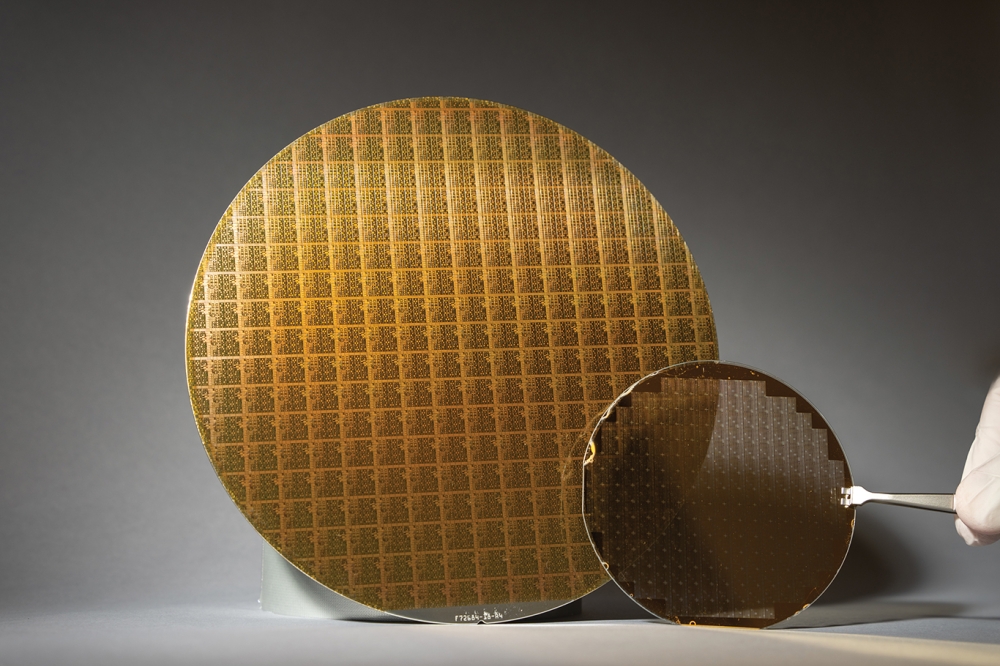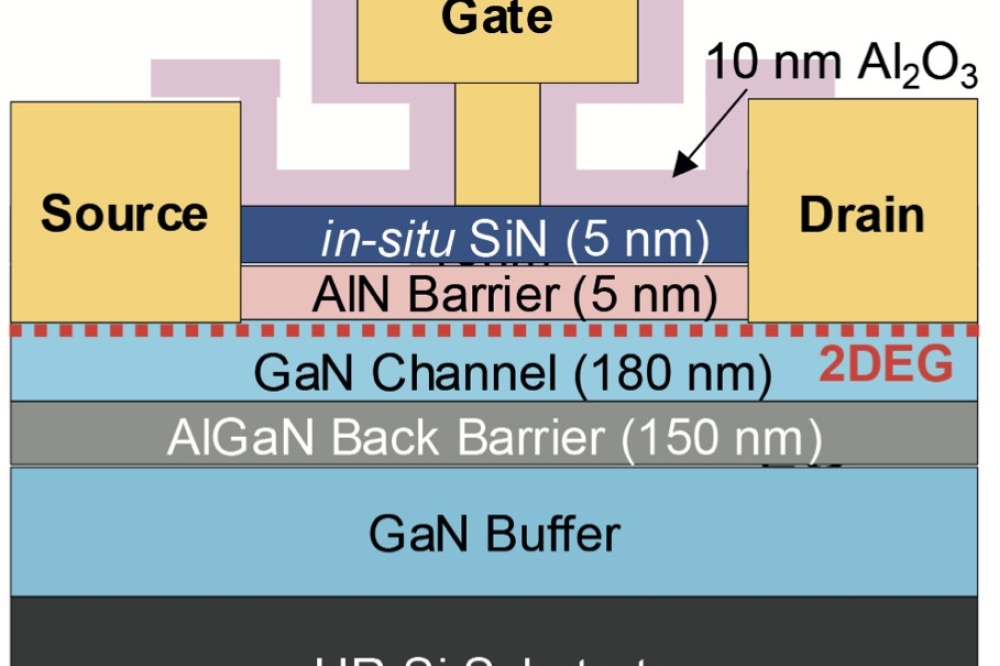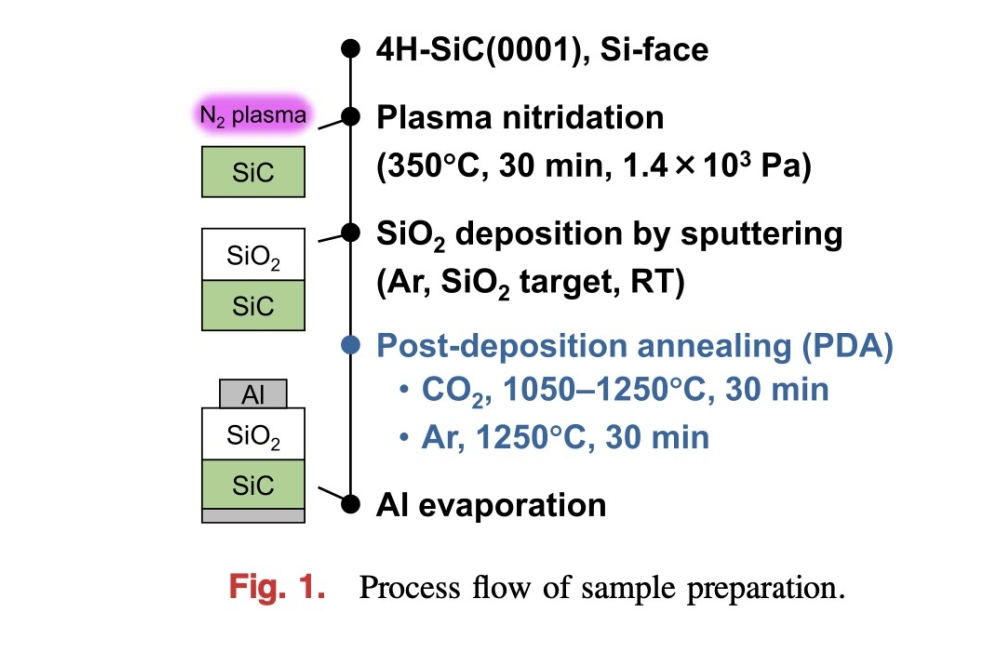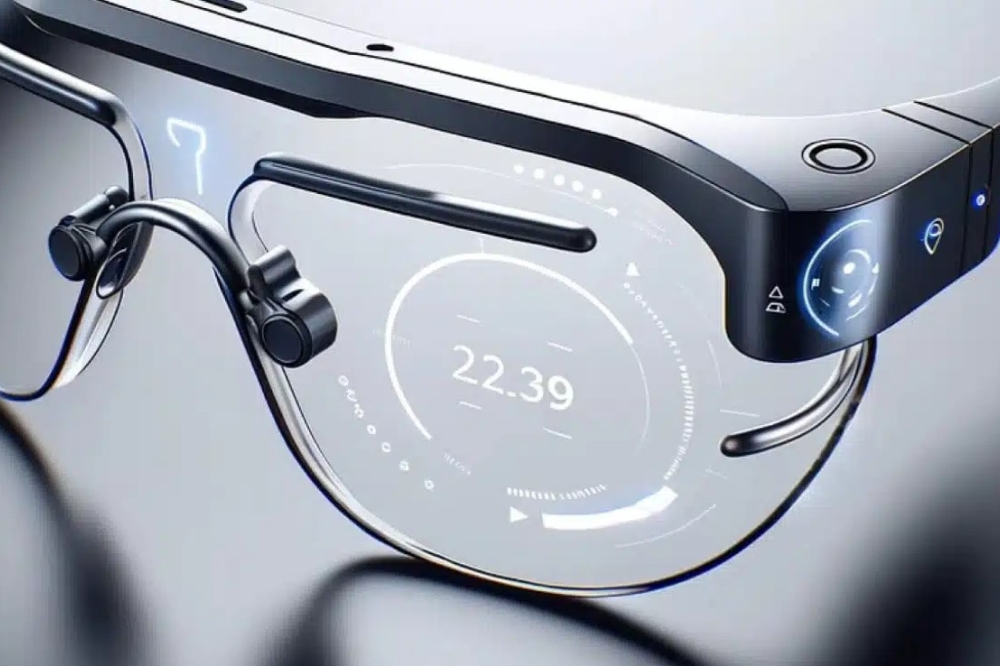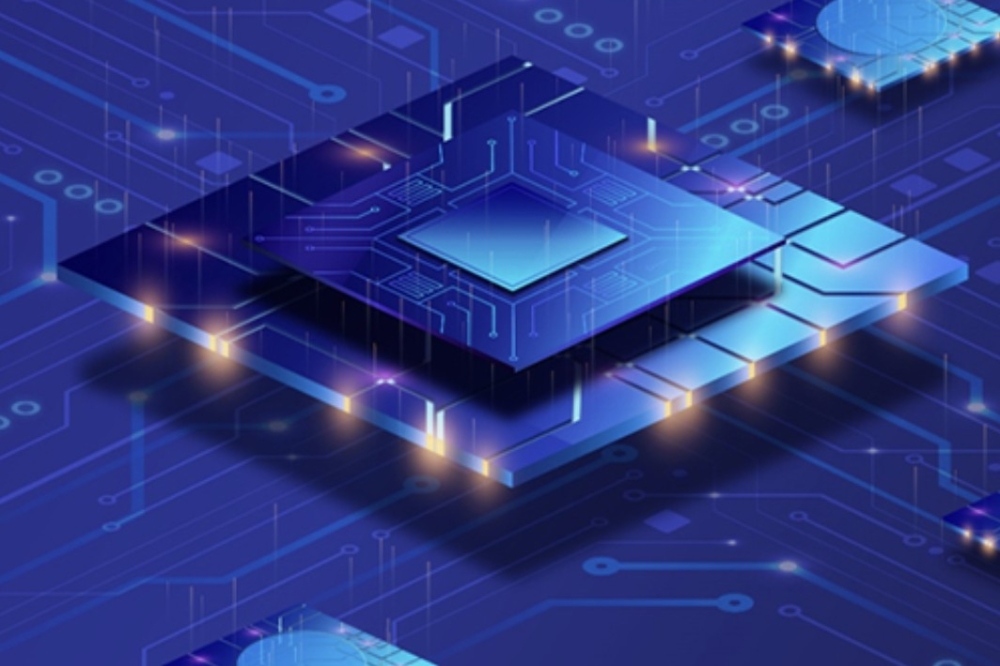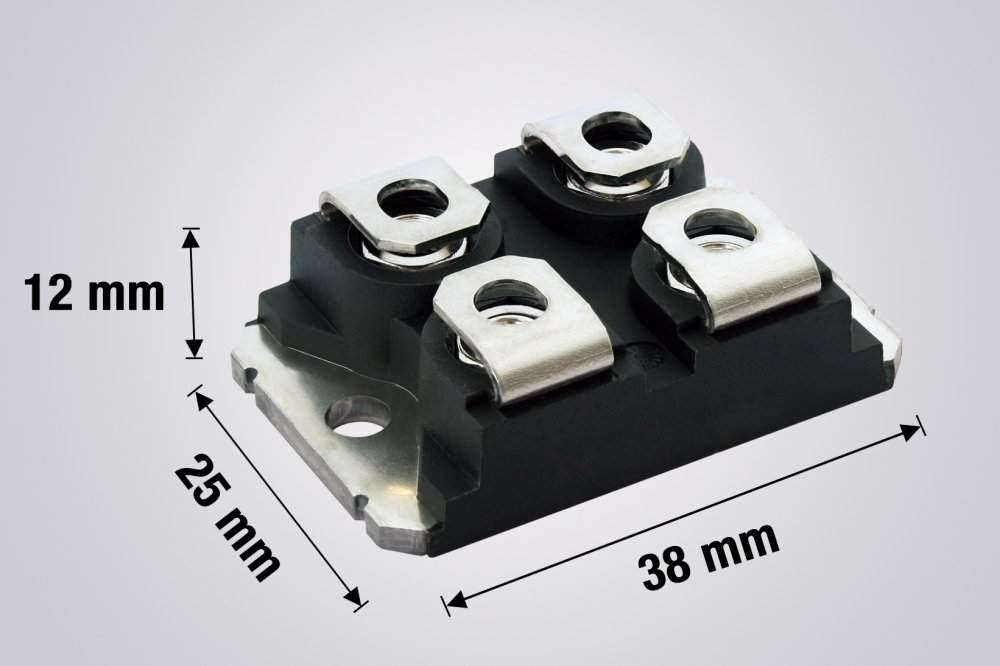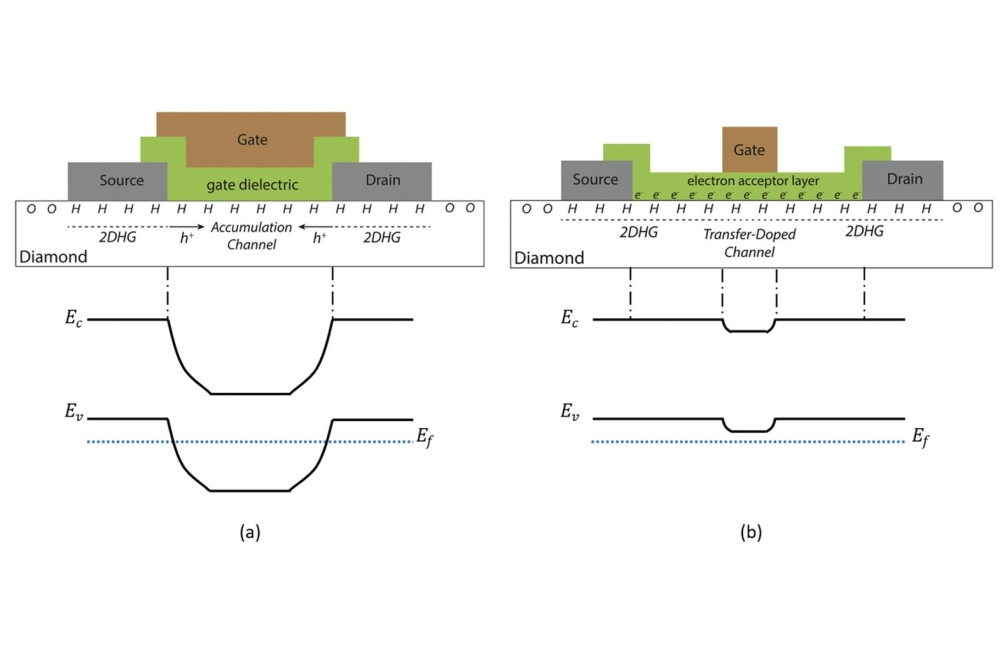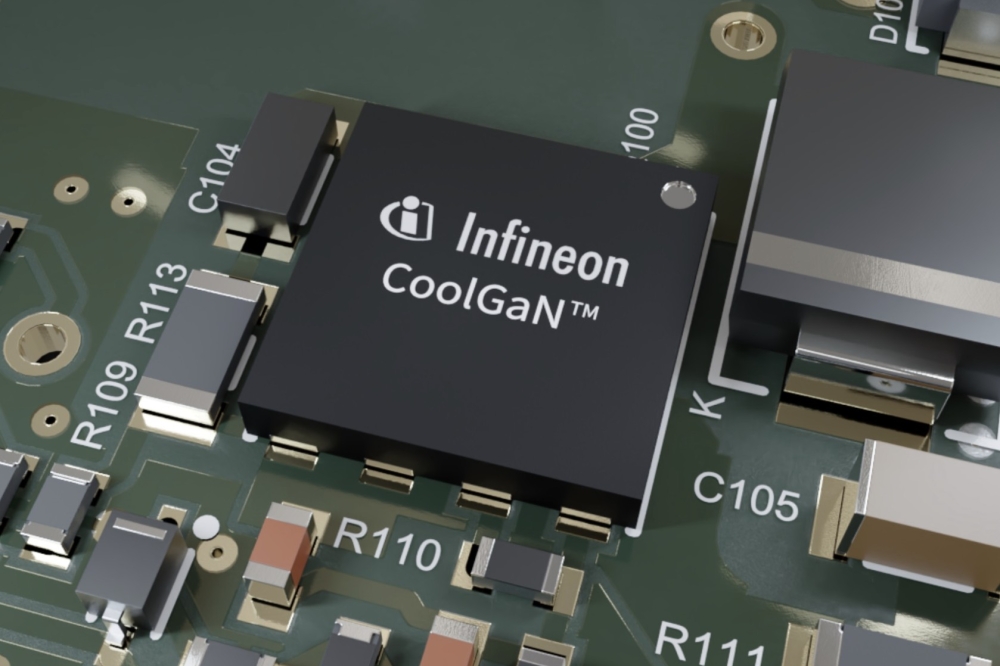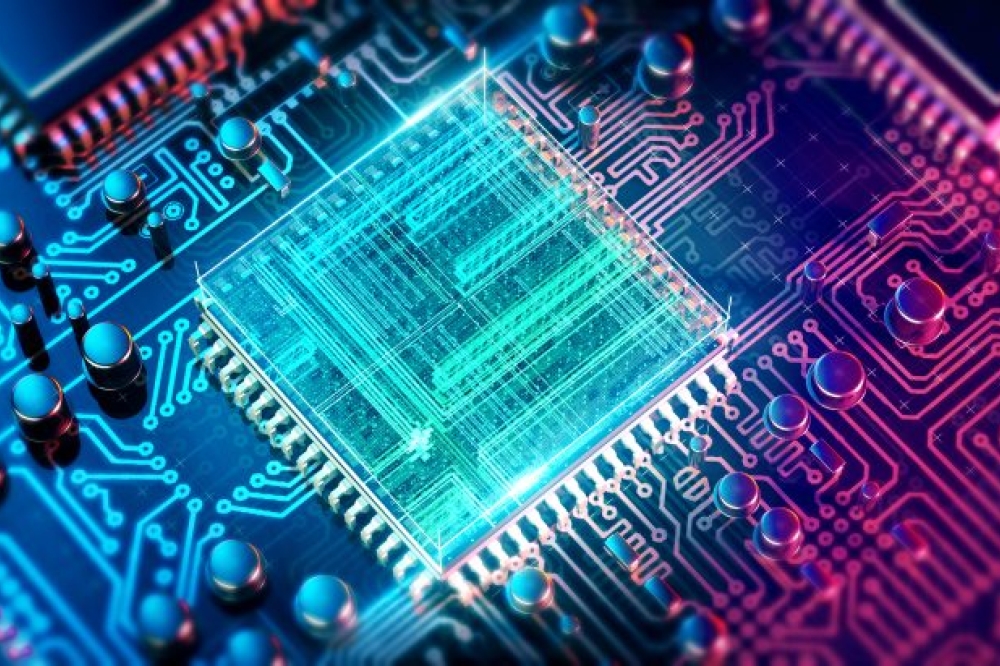EPFL measures electron properties in 2D semiconductors
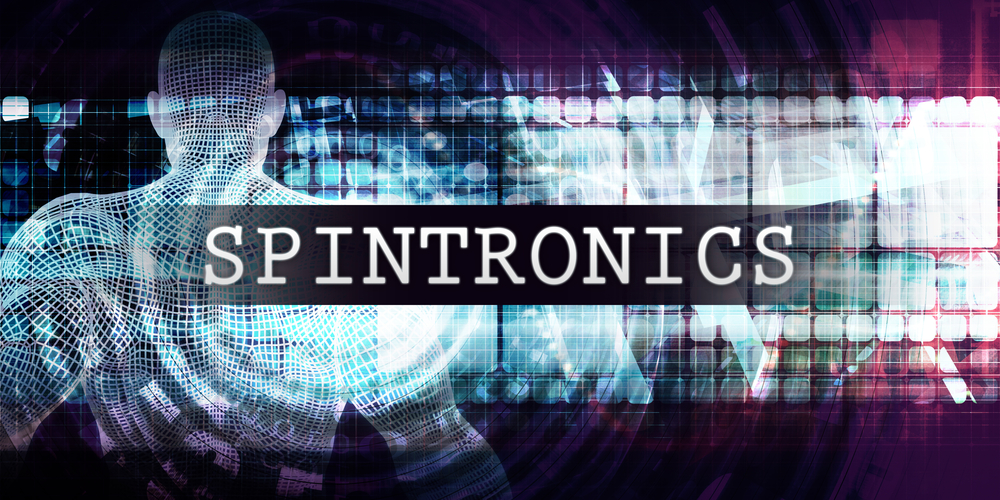
Quantum waltz of electrons hints at the next generation of chips
A group of spintronics researchers at EPFL (Ecole Polytechnique Federale de Lausanne) have quantified the quantum properties in electrons in a a series of 2D semiconductors.
Led by Andras Kis who runs the Laboratory of Nanoscale Electronics and Structures (LANES), the research confirm that materials like graphene and the transition metal dichalcogenides (TMDCs) MoS2 and WSe2 offer, either alone or by combining some of their characteristics, new perspectives for the field of electronics. These perspectives could ultimately lead to smaller chips that generate less heat, according to the researchers.
The work has been published in ACS Nano and Nature Communications.
"With the methods we've recently developed, we've shown that it is possible to access the spin in these TMDC materials, quantify it and use it to introduce new functionalities," says Kis.
This all takes place at an extremely small scale. In order to access these quantum properties, the researchers must work with high quality materials. "If we want to examine certain characteristics of electrons, including their energy, we need to be able to watch them move over relatively long distances without there being too much dispersion or disruption," explains Kis.
In the form of waves
The researchers' method allows them to obtain samples of sufficient quality both to observe how electrons move around in the form of waves and to quantify their energy.
But the LANES team was also able to access another quantum property. Spins of electrons and holes in this type of a 2D semiconductor can be in one of two states, which are conventionally described as being oriented upward - spin up - or downward - spin down. Their energy will be slightly different in each of these two states.
That's called spin splitting, and the EPFL researchers have measured it for the first time for electrons in TMDC materials. In the second publication, the researchers wrote about how they used the spin splitting in a TMDC in order to introduce polarised spin currents in graphene without using a magnetic field.
These discoveries are a step forward for the emerging field of spintronics and make it increasingly likely that a different property of charge carriers - i.e. spin, in addition to the electrical charge - will play a role in tomorrow's electronic devices.

